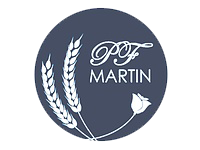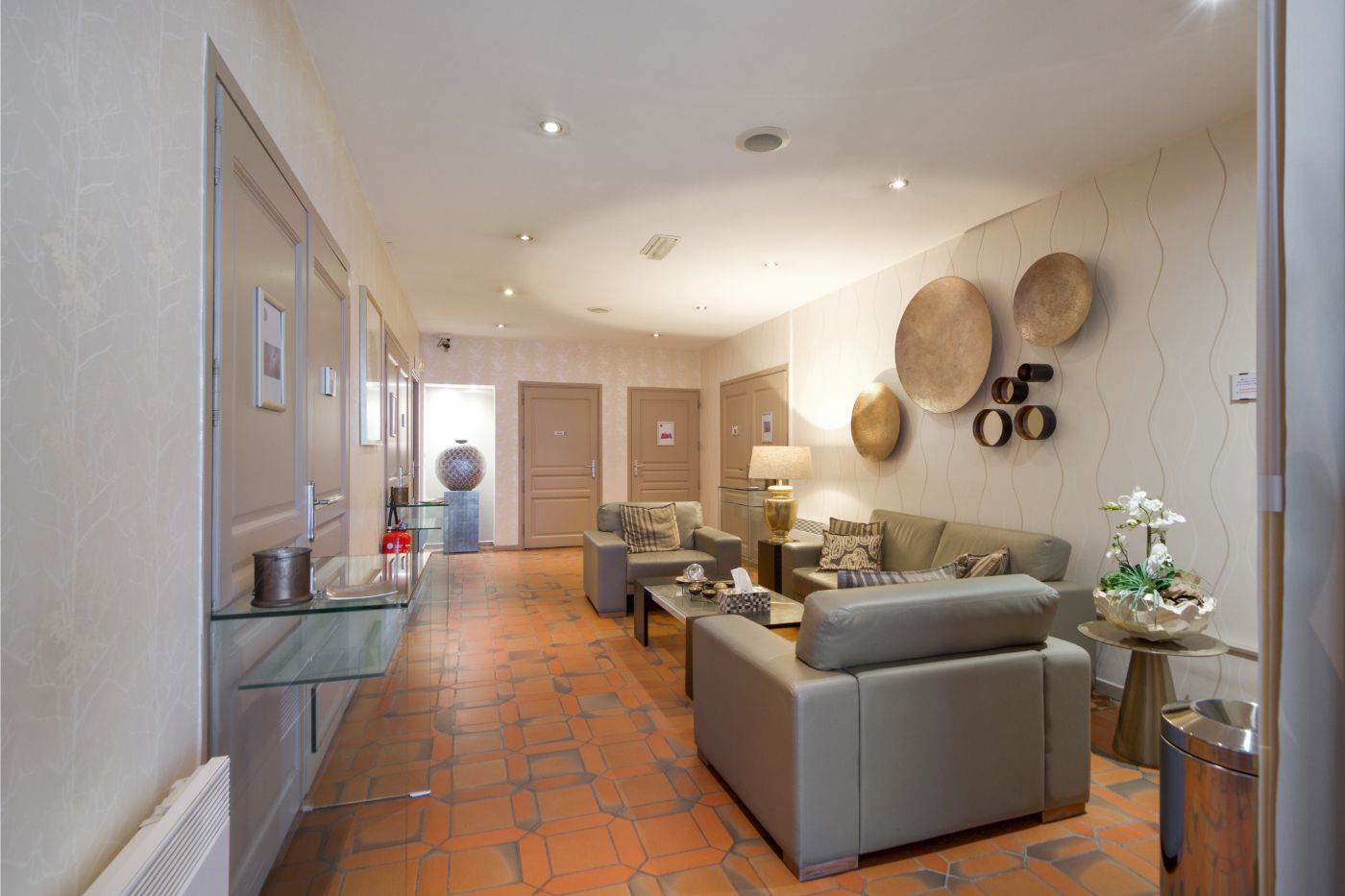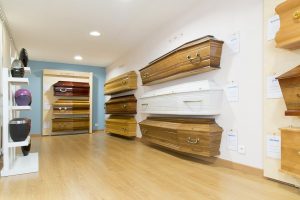Un service complet et attentif pour l’organisation d’obsèques
Les Pompes funèbres Martin vous proposent un service complet pour l’organisation d’obsèques, depuis le moment du décès jusqu’à l’inhumation ou la crémation.
- Le transfert du défunt d’un Hôpital ou d’un domicile au salon funéraire
- La toilette ou les soins de conservation
- Mise à disposition d’une chambre funéraire
- le contact avec la paroisse dans le cas de funérailles religieuses, les prises de rendez vous avec le crématorium
- La mise en place de la cérémonie funéraire civile ou religieuse jusque dans les moindres détails
- Les démarches administratives pour l’acquisition d’une sépulture en terre ou caveau
- Le choix de sépulture










